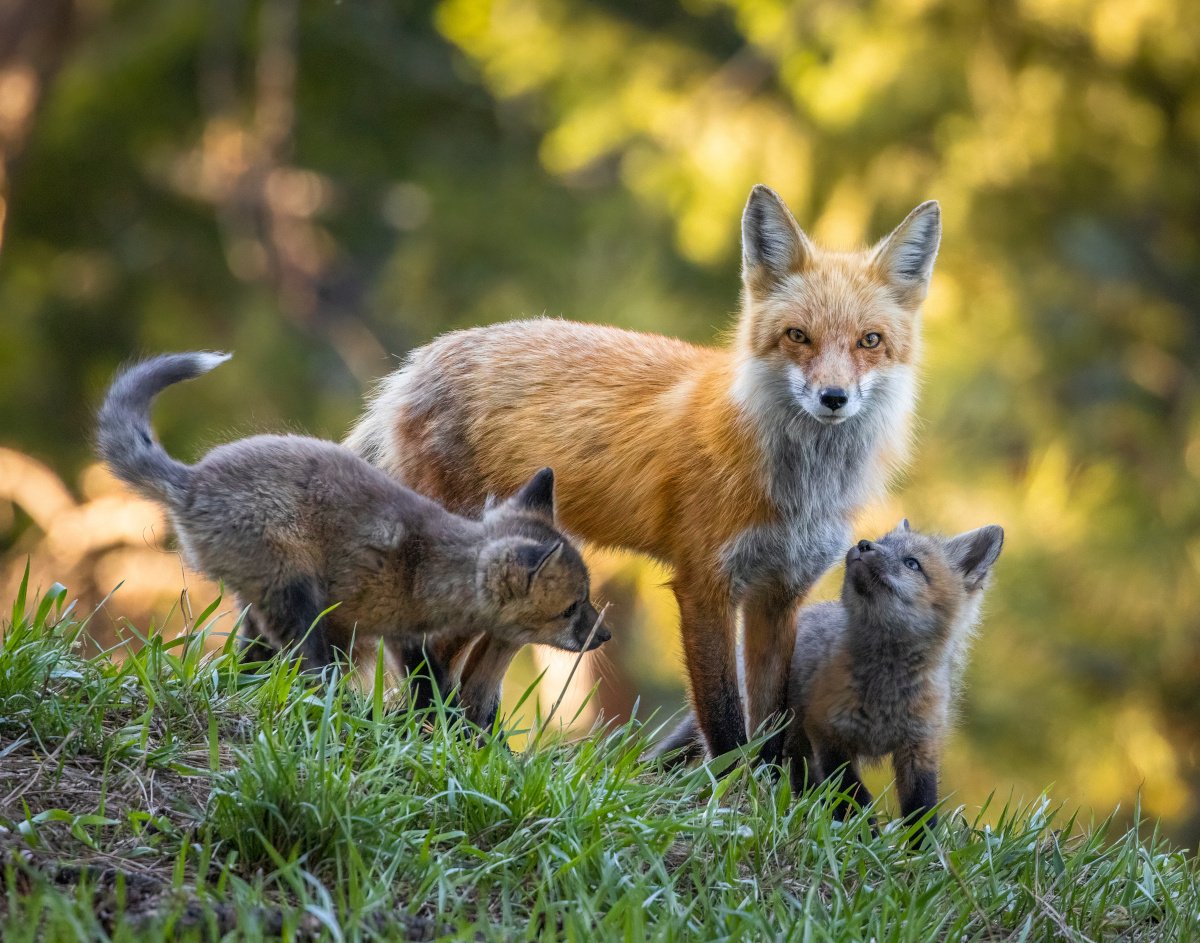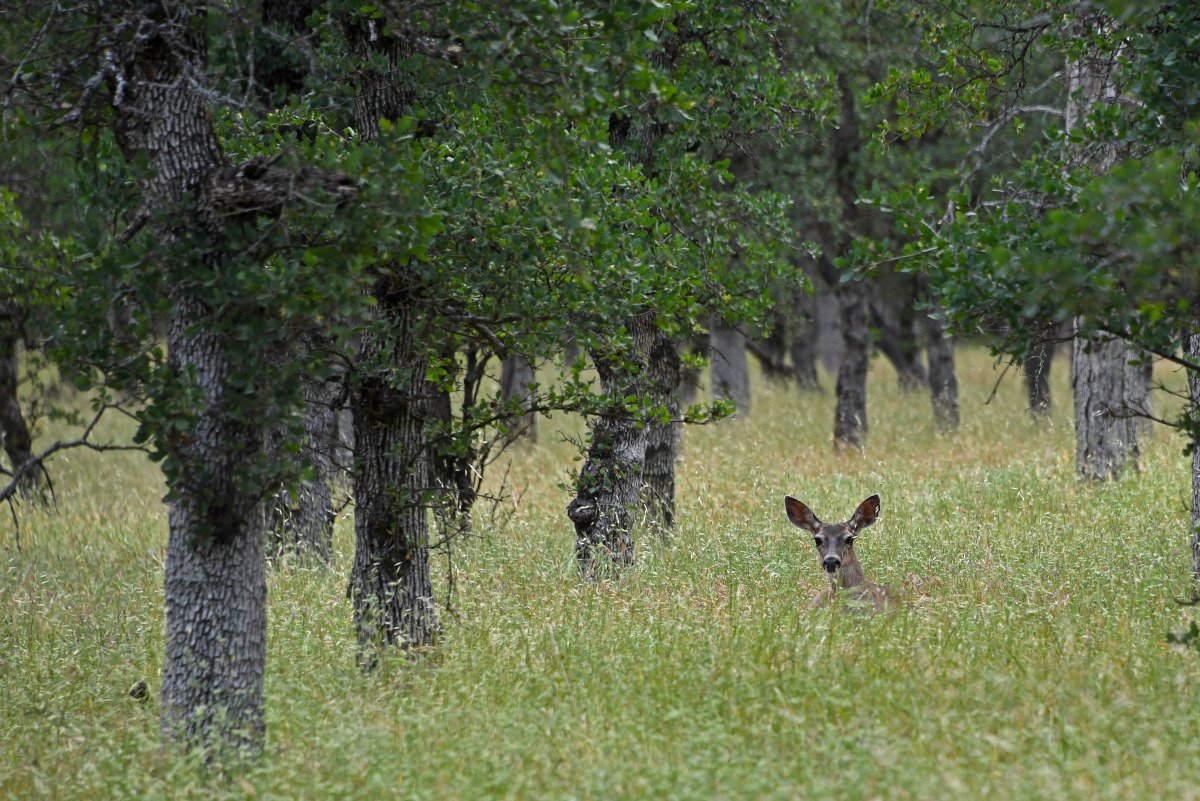A Groundbreaking Bill, Room to Roam Act, Is Surging Through California Legislature
Despite protected areas, California’s wildlife, like red foxes, need safe passage between habitats to thrive. Photo by Adobe Stock
SACRAMENTO, Calif. — After successfully working together on the Safe Roads & Wildlife Protection Act (AB 2344), Wildlands Network, Center for Biological Diversity, and Assembly member Laura Friedman are collaborating to strengthen the impact of AB 2344 and ongoing investments in wildlife crossings through advancing the Room to Roam Act (AB 1889).
The Room to Roam Act is the first of its kind in its approach to statewide connectivity. This innovation stems from the Act’s focus on wildlife and conservation at the local planning level. While counties like Ventura have incorporated wildlife connectivity in their general plan, the Room to Roam Act bolsters these efforts by planning for wildlife connectivity across California.
The Room to Roam Act ensures that essential planning at the local level works to harmonize our landscapes with community and wildlife needs. By considering wildlife needs at the outset, general plans align with conservation investments to promote biodiversity and climate-resilient landscapes.
- Mari Galloway, California Program Director at Wildlands Network
Although California has many protected areas, mule deer, black bears, mountain lions, foxes, bobcats, and countless other species still need room to roam between protected areas to find shelter, find food, migrate, mate, and adapt to climate change. Continued development without consideration of connectivity could jeopardize California’s biodiversity.
A puma crosses a culvert underneath U.S. 395. Video by Pathways for Wildlife
Local governments have a significant role in determining land-use planning and siting for development. This authority enables them to ensure that affordable housing, transportation networks, and other essential planning can coexist with California’s biodiversity. However, the essential areas needed for wildlife to access vital resources and adapt to climate change are often overlooked in land-use plans. When wildlife connectivity is considered in land-use and development decisions, they are typically only analyzed at the project level through environmental reviews required by the California Environmental Quality Act.
As a result, wildlife movement and connected landscapes are not considered until the end of the planning process. These factors combine to cause a disorganized process full of disputes, litigation, and inefficient development — the repetitive nature of these events leads to a cumulative effect that negatively impacts biodiversity.
Thankfully, AB 1889 promotes long-term planning for development. “The Room to Roam Act ensures that essential planning at the local level works to harmonize our landscapes with community and wildlife needs. By considering wildlife needs at the outset, general plans align with conservation investments to promote biodiversity and climate-resilient landscapes.” says Mari Galloway, the California Program Director at Wildlands Network. Should the Room to Roam Act pass, it will facilitate careful planning decisions that will protect wildlife, and ultimately the environment.
As vehicles zoom by overhead, a bear and two cubs traverse through an underpass. Video by Pathways for Wildlife
The Act requires general plans to analyze and identify connectivity areas, permeability, and natural landscape areas, identify and analyze existing or planned wildlife passage features, and consider the impacts of development and the barriers caused by development to wildlife and habitat connectivity. Local governments would also have to incorporate relevant state wildlife connectivity plans, utilize the best available science, and incorporate and analyze relevant guidelines designed to preserve wildlife.
First read in late January, AB 1889 is now pending approval from the Committee on Appropriations before progressing to the Senate floor and, hopefully, the Governor’s desk, where the Room to Roam Act could be signed into law as soon as fall 2024. If passed, local governments will plan for wildlife connectivity in the next update of one or more elements in their general plan on or after January 1, 2028.
Mule deer doe in the grass in the Oak Forest in Payne's Creek, California. Photo by Adobe Stock
Not only is the Room to Roam Act crucial to the preservation of California’s biodiversity, but Wildlands Network is also confident that this Act will serve as a mold that will inspire similar legislation in other states. As the importance of biodiversity preservation becomes more and more widely recognized, other states might just feel empowered to author their own “Room to Roam Act.”
For those of you living in California, help support this transformative effort by calling your California Senator and urging them to support the Room to Roam Act.
Those living outside California can review our new report, “State of States,” and help by supporting similar efforts in your state.



